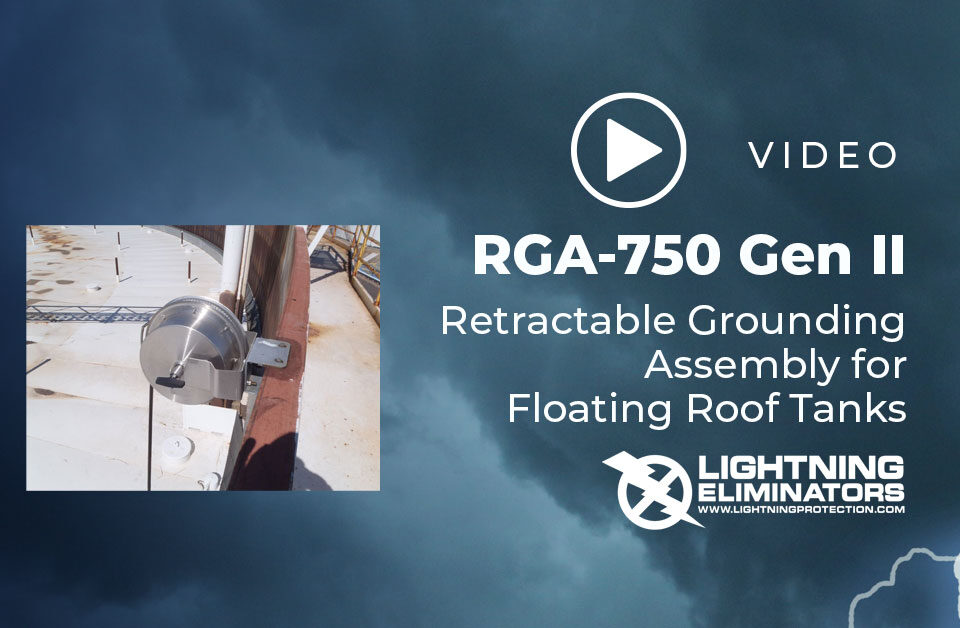- We Prevent Lightning Related Problems.
Lightning Protection – A Necessity For Every Industry
February 20, 2018
Video: Tank battery burns after lightning strike
March 15, 2018The Best Lightning Rod Protection Technology
Lightning rod protection technologies are designed to provide protection to structures against physical damage from lightning strikes. Various technologies are available to shield a facility from lightning.
Lightning rods have been used for over 200 years as conductive metal rods mounted atop a roof. They route the lightning strike away from the structure, channeling it into the ground. These are normally metal rods, typically made of copper or aluminum and are placed safely on a roof.
First, let us understand how lightning is formed.
Its nature’s way to equalize the voltage between storm clouds and the earth. The positively charged ions move up during a storm, to attach itself with the downward moving negatively charged ions from the cloud to create a strike. The striking distance across which the spark can form defines the placing of an effective lightning rod.
Lightning rods are simple metal rods installed over a structure connected to conductor and earth terminals. They protect the building by rerouting lightning strikes away from the structure and channelizing it safely to the ground.
Various technologies are available to provide lightning rod protection – Conventional lightning rods, early streamer emissions and Dissipation Array system.
‘Lightning rod collects a strike and grounds it along with a preferred path, whereas CTS does not allow a strike to form in a protected area.’
Conventional rod
– invented by Benjamin Franklin, these are simple tapered metal rod dominating a structure to be protected.
Early Streamer Emission Lightning rod protection
– these rods artificially generate upward leaders, before the natural upward leaders, in order to establish a privileged impact point for the lightning strike.
While conventional lightning rods and Early Streamer Emission work in much the same way, Dissipation array system working on Charge transfer technology is the complete opposite.
DAS lightning rod protection
– it’s based on Physics and state-of-the-art engineering. It reduces the naturally occurring electric field within a protected area – the upward streamer does not get enough energy from a storm to connect with downward leaders. This point discharge becomes more efficient when connected to a low impedance grounding system as more ions can be transferred.
The DAS lightning rod protection reduces operational costs and is our most reliable product. We also offer a ‘no strike’ warranty ensuring complete protection on all our installations.
Contact our Lightning Eliminator & Consultant Inc. team for more information.

